Configuration Units
- Recording Control Module:
This module is equipped with a high-sensitivity miniature microphone with low-noise characteristics, capable of capturing full-spectrum ultrasonic waves in the range of 15 kHz to 125 kHz. It supports multi-channel parallel operation mode, enabling simultaneous data acquisition from multiple experimental subjects or precise observation of a single target from multiple dimensions. The module integrates a TTL synchronization interface, facilitating collaboration with external devices for synchronous acquisition of multi-source signals and multi-dimensional data fusion analysis.
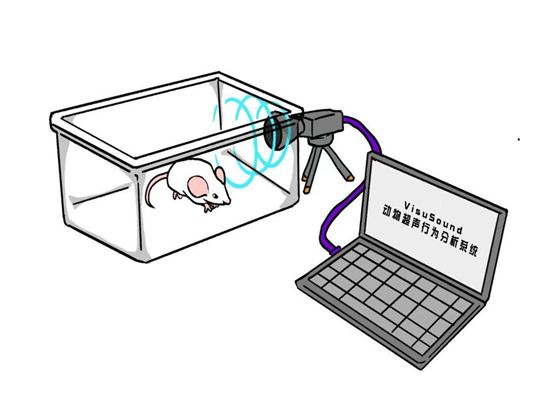
Fig. VisualSound Small Animal Vocalization Detection System
- Ultrasonic Playback System:
This system is specifically designed for ultrasonic playback, capable of reproducing the original acoustic characteristics of the experimental subject or generating simulated ultrasonic waves of specific frequencies. It adopts a programmable multi-channel architecture, suitable for experimental scenarios such as acoustic preference studies.
The system supports simultaneous recording and playback, allowing researchers to observe the behavioral feedback and acoustic responses of experimental subjects to specific acoustic stimuli in real-time.
- Data Analysis Platform:
The VisuSound professional analysis software provides complete system control, parameter configuration, and data acquisition functions, equipped with powerful statistical analysis tools.
The software supports data acquisition based on specific filter conditions. Environmental noise detection and calibration can be performed before acquisition, ensuring data accuracy and optimizing storage efficiency for long-term continuous monitoring. The platform can classify sound signals into up to 14 characteristic types and perform quantitative analysis, supporting detailed quantitative analysis of parameters such as the fundamental frequency, peak frequency, bandwidth, occurrence time point, and duration of each vocalization event.
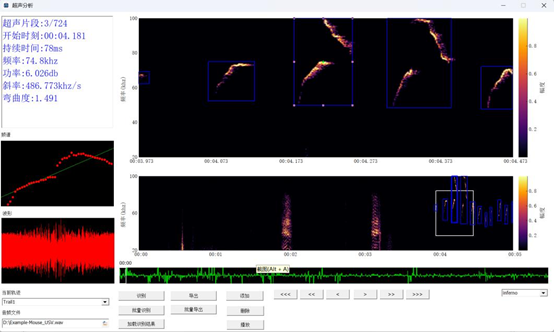
Fig. Software interface
Application
Hundreds of related publications have accumulated in the field of acoustic research, with its applications widely covering multiple disciplines.
In medical research, it involves:
- Autism Spectrum Disorders · Anxiety Disorders · Depressive Disorders · Emotional Transmission Mechanisms · Addiction and Withdrawal Responses
- Pain Perception · Social Behavior · Neurodevelopmental Processes · Sleep Disorders · Post-Traumatic Stress Disorder (PTSD)
- Auditory Function · Cerebral Ischemia · Epilepsy · Aging Mechanisms · Cognitive Function · Parkinson’s Disease · Obesity · Rehabilitation Medicine
- Schizophrenia · Mania · Attention Deficit Hyperactivity Disorder (ADHD) · Huntington’s Disease · Down Syndrome
- The research scope also extends to Environmental Science (Atmospheric Pollution) · Agricultural Science (Pest Control) · Animal Ethics
- And various genetic diseases, including Usher Syndrome · Angelman Syndrome · Fragile X Syndrome
- Cardiovascular System Related Research, etc.
Drug Addiction
Ultrasonic vocalization (USV) detection technology has become an objective quantitative tool for assessing the emotional state of animal models related to addiction. This technology holds significant application value in the field of addiction research and can be systematically used in studies on the mechanisms of drug addiction formation, withdrawal responses, relapse behavior, and overdose. Specifically, USV technology can effectively evaluate the addictive potential of drugs, the effects of therapeutic interventions, and the role of environmental cues in triggering drug craving and relapse behavior, providing important experimental evidence for addiction mechanism research and treatment strategy development.
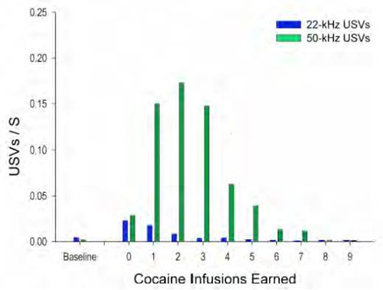
Neurodevelopment
The period from the perinatal stage to weaning is a critical window for animal neurodevelopment.
During this period, various internal and external environmental factors can affect normal developmental processes, including drug exposure (e.g., contact with narcotics), environmental factors (e.g., air pollution, degree of social isolation, environmental enrichment), traumatic stress, genetic modification, sleep deprivation, and hormonal fluctuations. These influencing factors can be quantitatively assessed using ultrasonic vocalization (USV) analysis technology. This method can effectively monitor animals’ social interaction abilities, cognitive function development levels, and physiological development status, providing an important assessment tool for early developmental research.
Social Behavior – Autism
Ultrasonic vocalizations (USVs) play a key role in the social behavior of rodents. Studies show that mice and rats emit characteristic USVs in diverse social contexts, such as pups during maternal separation, juveniles during play, adults during courtship, upon encountering threats, in territorial conflicts (e.g., resident vs. intruder), during female-female interactions, and in social conflicts. Notably, in autism research, since social impairment is a core feature of the disorder, the USV profiles of autism models in social settings differ significantly from those of normal control groups. These differences provide crucial behavioral indicators for investigating the neural mechanisms underlying autism.
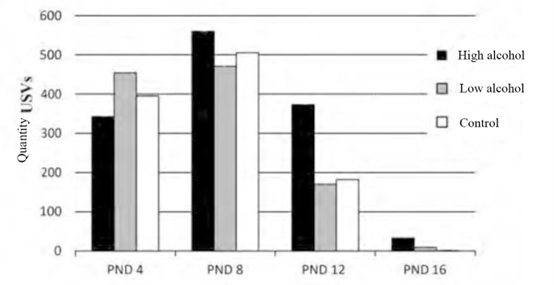
Anxiety – Depression
Research indicates that animals in anxious and depressed states significantly increase the frequency of 22 kHz ultrasonic vocalizations. Notably, this 22 kHz ultrasonic stimulus itself has behavioral induction effects; when experimental animals receive auditory stimulation at this frequency, they exhibit typical anxiety-like and depression-like behavioral characteristics. Pharmacological intervention studies have found that administering antidepressant and anxiolytic drugs can significantly modulate the vocalization pattern of 22 kHz USVs. This phenomenon provides a reliable behavioral indicator for evaluating drug efficacy and also reveals a bidirectional regulatory relationship between ultrasonic vocalizations and emotional states.
Pain
Studies show that rats produce characteristic 22 kHz ultrasonic vocalizations (USVs) when experiencing various pain stimuli. This acoustic response is widespread in various pain models, including inflammatory pain, traumatic pain, migraine models, visceral pain, and tumor-related pain. Notably, pharmacological interventions with analgesic effects can significantly reduce the frequency of 22 kHz USVs. As an objective behavioral indicator reflecting pain experience, USVs overcome the limitations of traditional pain assessment methods that rely entirely on “subjective” responses. They play a unique and irreplaceable role in pain mechanism research and analgesic drug evaluation, providing an important quantitative assessment tool for pain research.
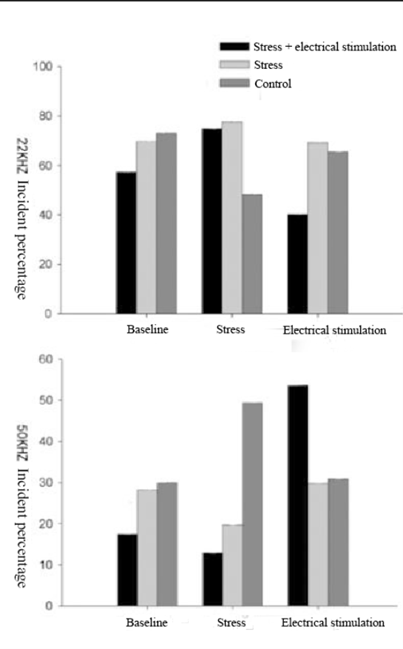
Playback
Animal ultrasonic vocalizations (USVs) contain rich social and emotional information. Playing back specific USVs under different experimental conditions can elicit differentiated behavioral and physiological responses. Experiments show that playing 50 kHz frequency-modulated USVs to rats induces approach and exploratory behaviors, indicating positive social tendencies; whereas 22 kHz USVs cause avoidance responses or freezing behavior, showing typical defensive reactions. In fear conditioning studies, the presentation of 22 kHz USVs can enhance the startle response. More significantly, programmed 22 kHz USV stimulation protocols can successfully establish anxiety-like and depression-like behavior models, providing an important experimental paradigm for mood disorder research. These findings fully demonstrate the important role of USVs in the regulation of animal behavior, providing a powerful tool for understanding animal social and emotional mechanisms.
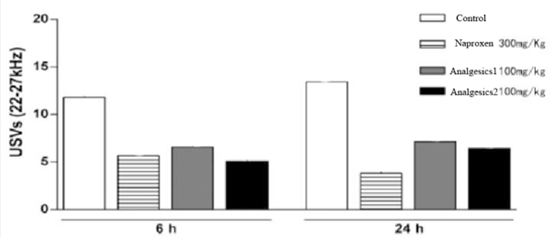
Ultrasonic vocalization (USV) playback technology demonstrates unique application value in multiple fields: In addiction research, environmental stimulation with 50 kHz USVs can significantly reduce the frequency of self-administration of addictive drugs by experimental animals; In pest control, 50 kHz rat USVs show significant attraction effects on both sexes, offering a new method for specific rat control; In rehabilitation medicine, 50 kHz USVs can be used as an auxiliary treatment method in sound therapy. Notably, in emotional transmission research, experimental animals continuously exposed to a 50 kHz USV environment exhibit positive behavioral tendencies towards neutral stimuli, while 22 kHz USVs induce the opposite negative reactions. This phenomenon provides important clues for studying emotional contagion mechanisms. These diverse applications fully demonstrate the broad prospects of USV technology in interdisciplinary research.

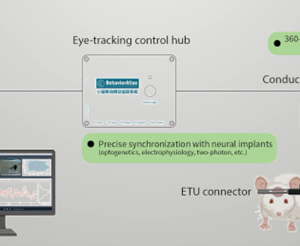
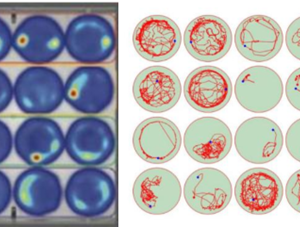
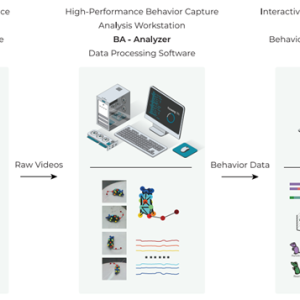
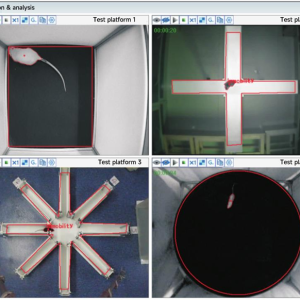
Reviews
There are no reviews yet.